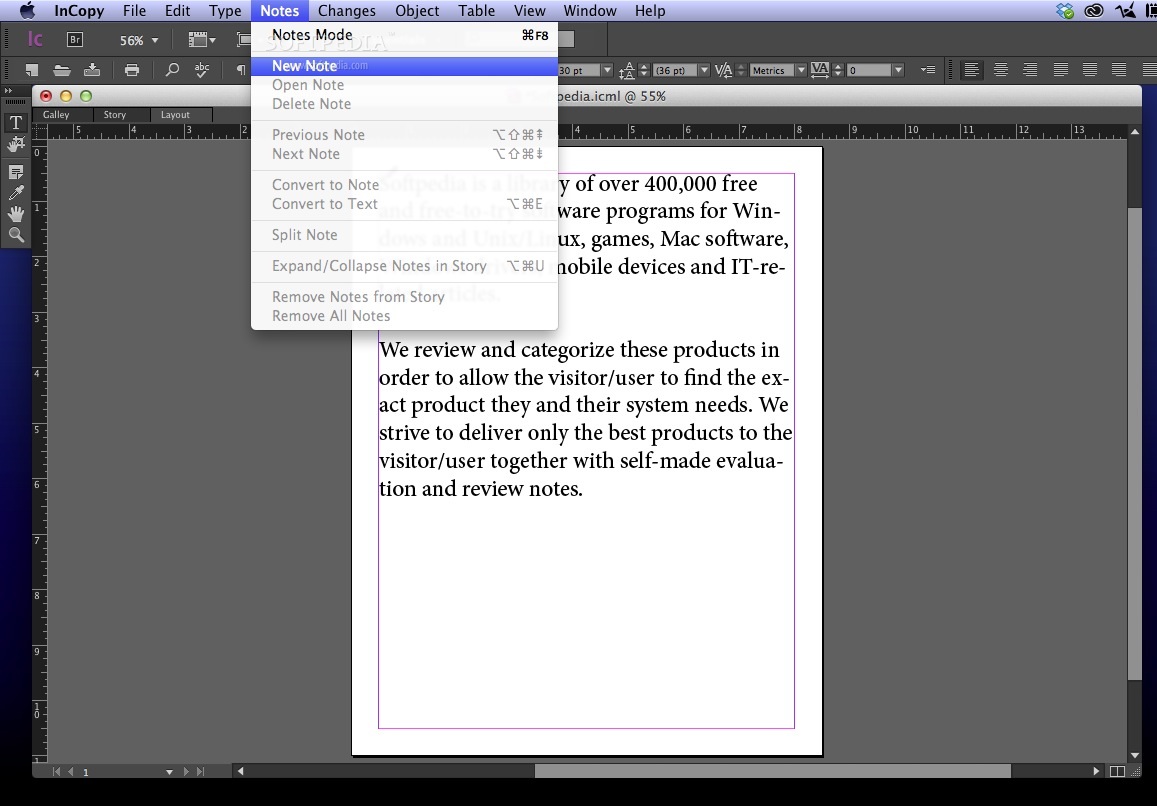
DELETE TEMP FILES FROM ADOBE PREMIERE OSX PRO
One of the quirks of Adobe Premiere Pro is the way in which it handles audio channel mapping ( stereo, mono, dual-mono, 5.1 audio that you bring in).

How Premiere Pro CC Handles Audio Channels If you want to delete everything you can just navigate to the default location and delete the contents to the trash. This will only delete any files not associated with any source media currently connected. If you need to come back to a project once you’ve deleted the media cache files, it will just re-create any missing files. Next, you’ll want to clean it out after you’ve finished a project to save space. If not, you’re probably best simply moving the media cache folder off your boot disk. This might be preferable if you are working on lots of little projects, spread across many drives, or taking the drive to lots of different machines. You can also set Premiere to save the Media Cache files ‘next to originals when possible’ – which means that your camera native folders will start to fill up with these files instead (or wherever you are importing your media from). It will ask you if you want to move the current cached files, or simply delete them and start over. In the second section ‘Media Cache Database’ – simply hit browse and point it to a new folder on your fastest media storage drive. You can set the default location in the Adobe Premiere Pro CC Preferences under Media. Users/(Your user name)/Library/Application Support/Adobe/Common/Media Cache Files By default the Adobe media cache folder is here on a Mac: That way you can keep a closer eye on it, and also not forget all about it and wonder where your drive space is going. First of all it probably makes sense to move the media cache folder from it’s current location on your boot drive, to your main media storage drive. The best way to deal with this situation is two fold. This is very helpful while you’re working on a project, but after you’re done those files just sit in that cache folder, slowly swallowing up a huge amount of disk space.

It only has to do this process once because it creates a cache of all those conformed previews in a folder on your boot drive. If you’ve ever dropped some files on the timeline only to discover they seem to have no sound, this is often because it is still creating the preview files.

MTS files) Premiere will start to ‘conform’ those files getting them ready to play back. When you import your camera native files (say some. That ”just working” does require a decent amount of RAM to make it go, but it also requires a bit of work behind the scenes too. One of the things that is especially helpful about Premiere Pro CC is the ability to throw just about anything on the timeline and it will just work. To that end, here are three things I learned recently, that you might want to know too.

I’m not saying either way is better (in comparison to any NLE) but what matters to me, is that I fully understand exactly what’s going on. New to Premiere Pro? Know these file management and workflow tips to improve your editing.Īs an editor who is still learning the ins-and-outs of Premiere Pro CC after 10 years with FCP 7, I’m constantly coming to terms with why Premiere Pro does things the way it does.


 0 kommentar(er)
0 kommentar(er)
